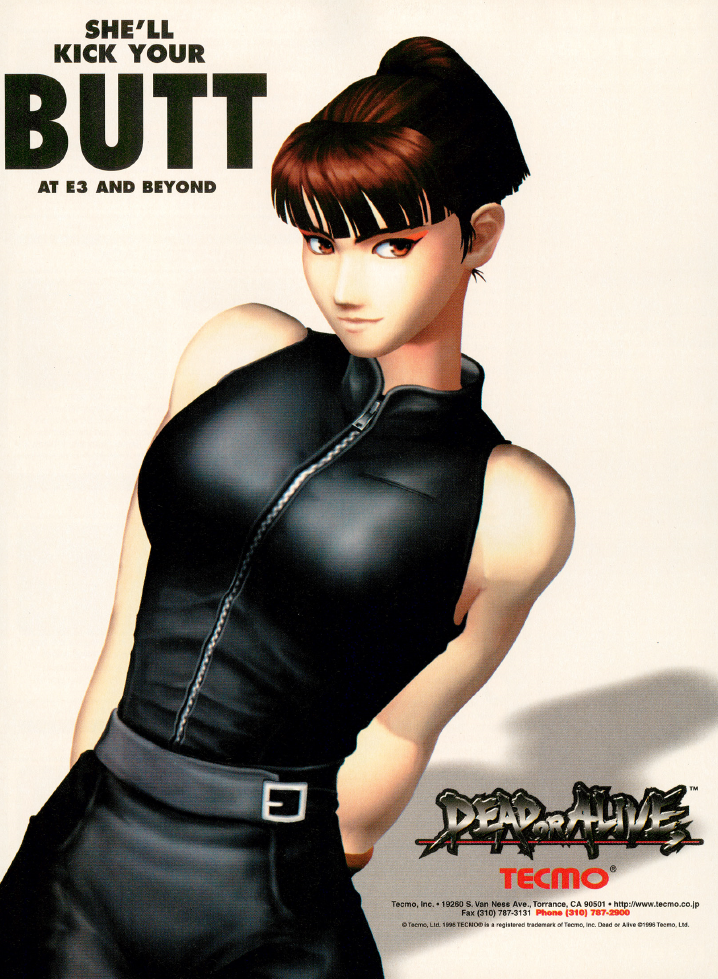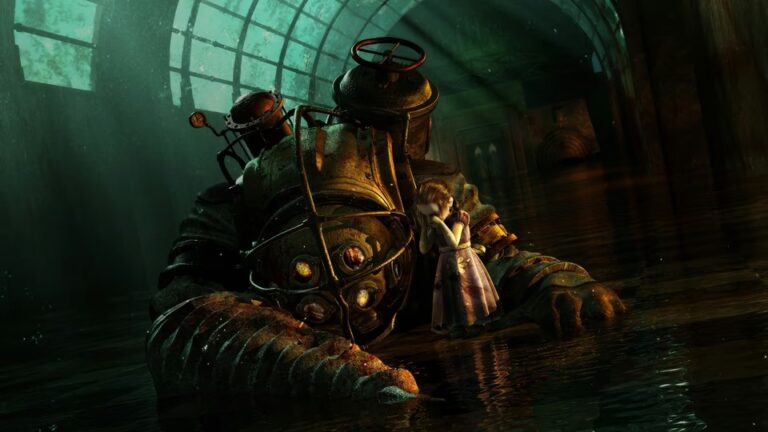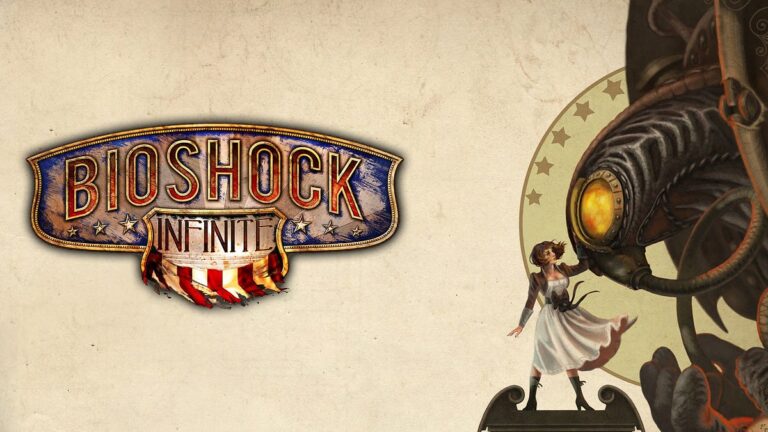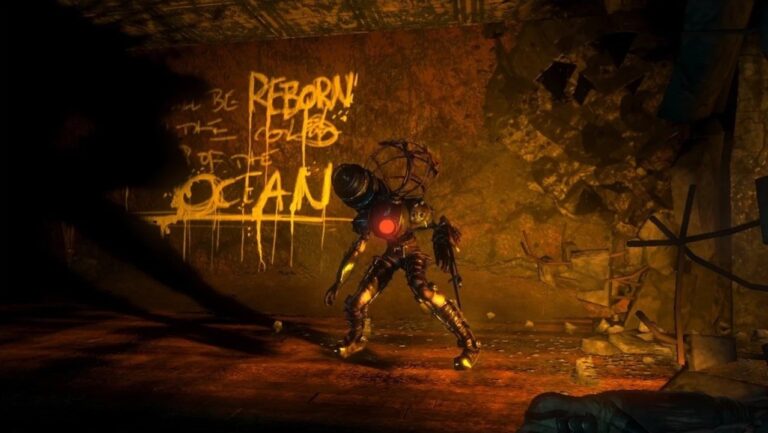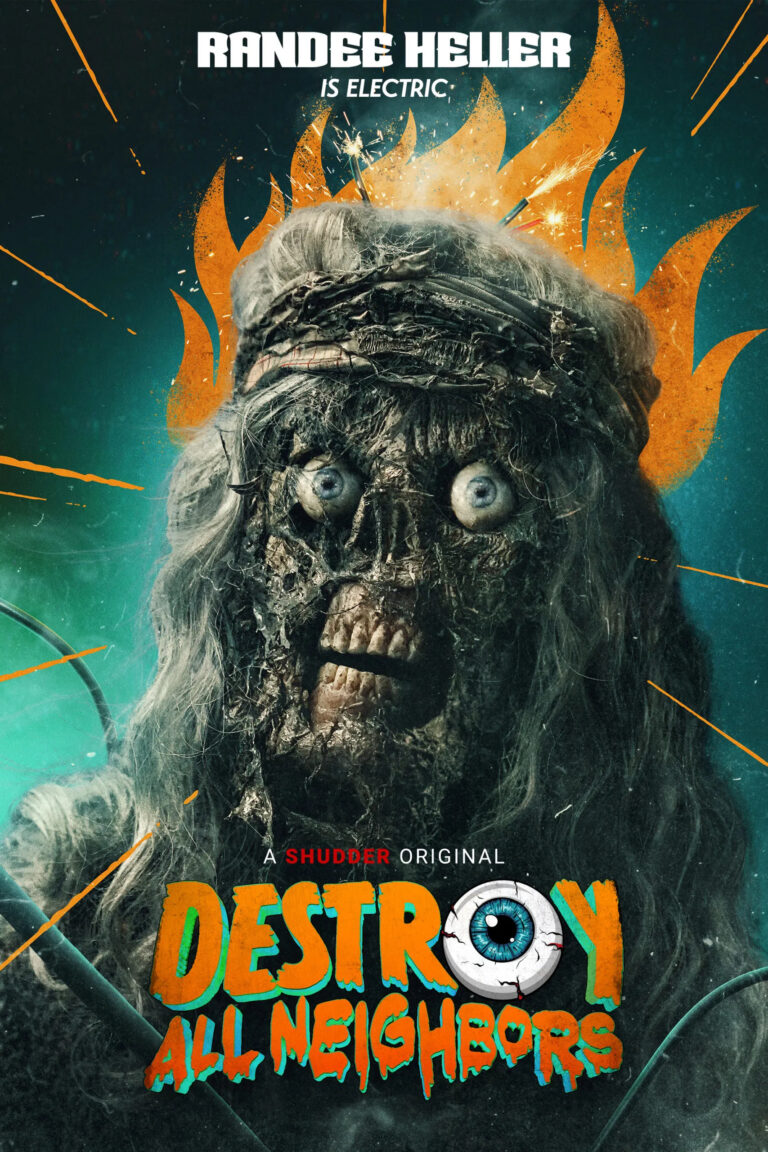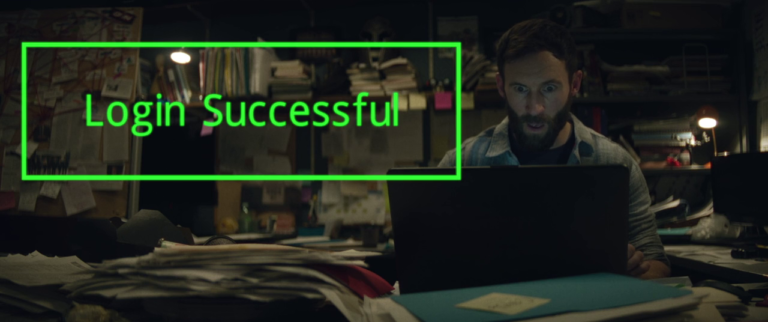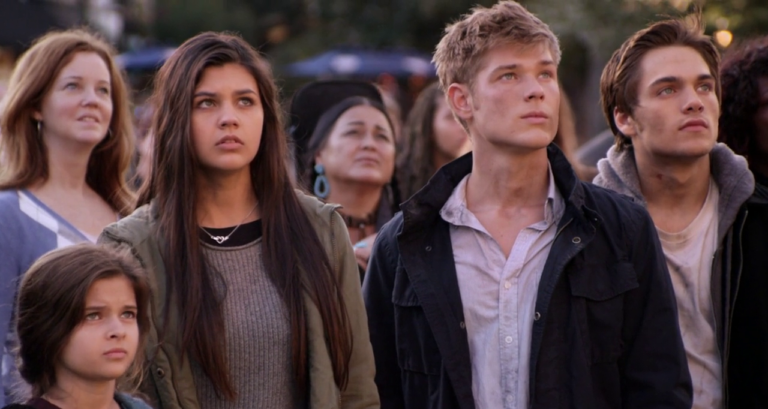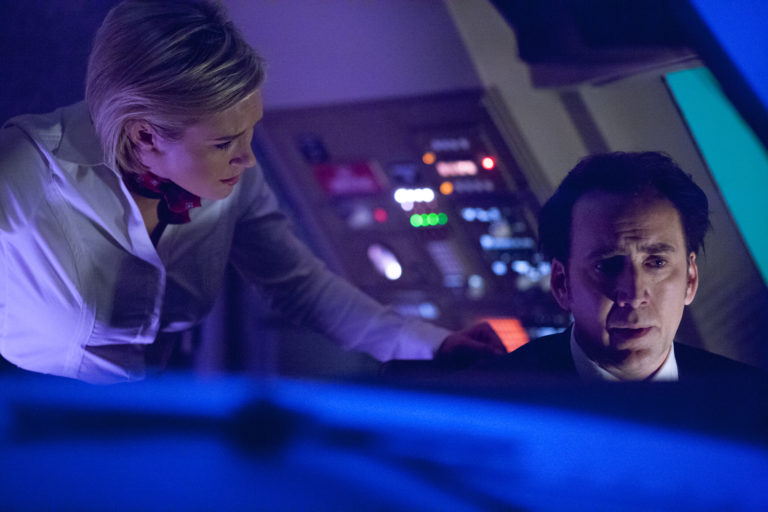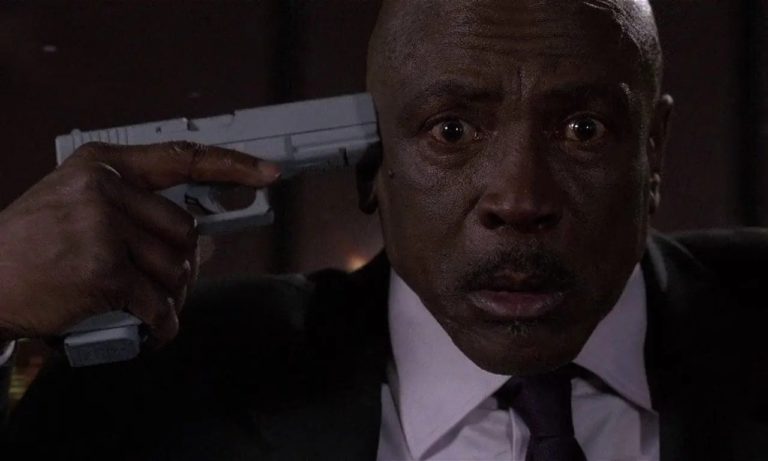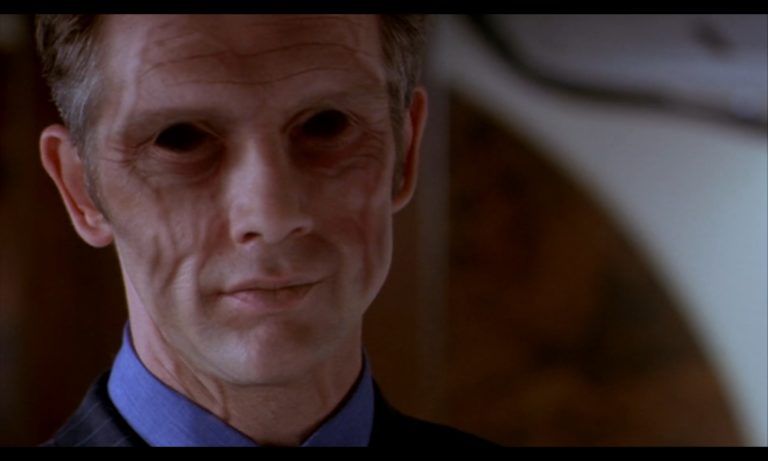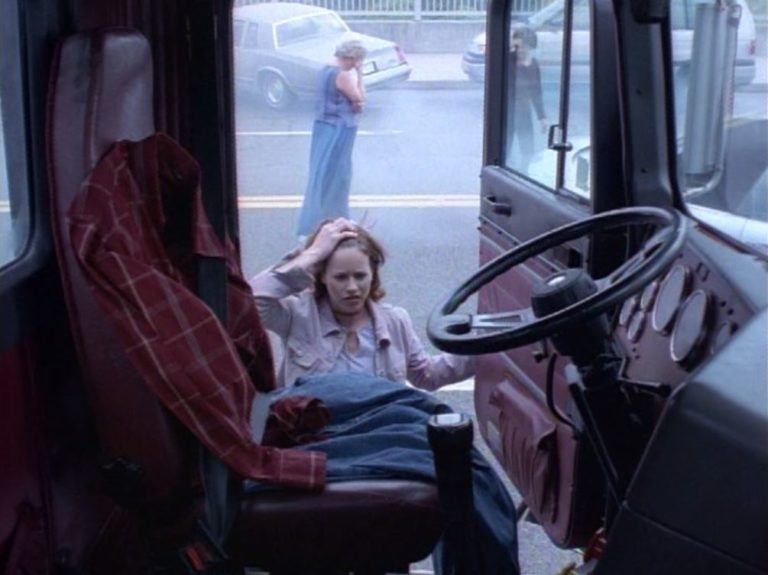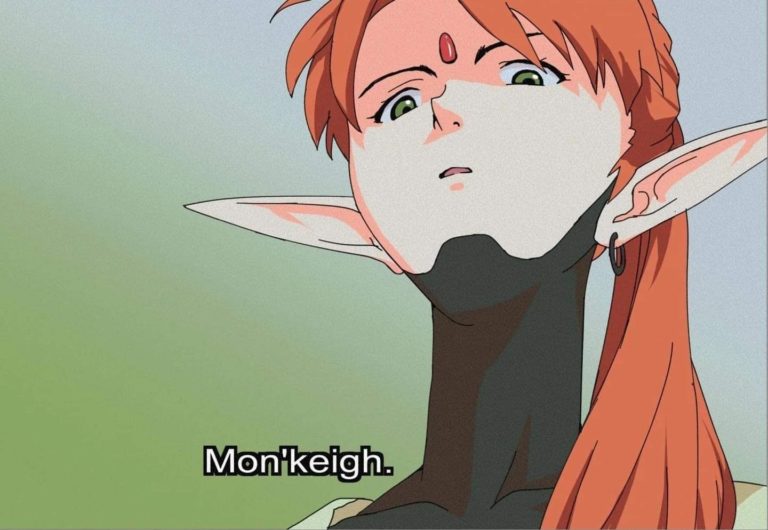IC2S has kind of evolved into a media impressions blog over the past several years, but I...
politics
While I was researching and writing my article about the PSM video game girl swimsuit issues, I...
And with that, we have completed another Love/Hate series here on IC2S! As soon as I finished...
Welcome back to the Bioshock Love/Hate series! In this entry, we’ll be covering the final game in...
I recently replayed Bioshock and, having now familiarized myself with Ayn Rand and her ideology, it made...
It’s mid-December, so that means another count-down of my favourite movie posters of the past year! In...
Welcome back to the Left Behind retrospective! We have finally reached the most recent entry in the...
Welcome back to the Left Behind retrospective! In this entry we’ll be going over the fifth film...
Welcome back to the Left Behind retrospective! In this entry we’ll be going over the fourth film...
Welcome back to the Left Behind retrospective! In this entry we’ll be going over the third film...
Welcome back to the Left Behind retrospective! In this entry we’ll be going over the second film...
It’s been quite a while since my last retrospectives series (more than 3 years now), but that’s...
Hide your 3D printer and grab your Imperial Infantryman’s Uplifting Primer, the wokes are coming for Warhammer...
Growing up in an evangelical household, there were lots of things which were considered “unhealthy” to my...

